
Fly fishing is a popular angling method to catch fish in fresh- and saltwater, from rainbow trout to sharks. Mastering how to use fly fishing flies lets you catch any fish.Popularized as the trout fish fishing method, fly fishing is a freshwater angling technique to catch salmon and grayling. Artificial flies can also target sea species such as snook and redfish. Fly fishing combined with the appropriate gear, fly, and casting method can catch any fish in any water.In theory, fly fishing focuses on catching specific fish by producing an artificial lure (the fly) to imitate food your target fish pray on. Therefore, any fish that feeds on small insects or creatures on the surface or underneath the water is a potential target using either dry fly fishing or wet fly/nymph fishing. For larger seawater species, anglers use artificial flies to imitate bigger lures, such as crayfish or even small fish.
The Fly Is The Limit
Regardless of the location and environment in which anglers choose to fly fish, it’s crucial to understand how much the choice of the fly affect your catch. At the heart of fly fishing, there’s the process of selecting the right fly for your fly fishing gear, your fishing goal, and your casting know-how and practice. How far you can push yourself and how big your catch will depend entirely on your ability to work with a variety of artificial flies.

Fly Fishing with the Correct Fly Size
Beginner anglers can often feel overwhelmed by choice. With flies going from micro size patterns to more significant size patterns, it can be tricky to figure out what to use. Typically, micro sizes ranging from 28 to 24 can might seem challenging, and you might ask how will this fly that I can barely tie my tippet to catch me anything? But as you start to fly fish more, you will realize that these micro sizes are the bulk of what trout eat and most likely be more successful throughout the year. On the other end of the spectrum, flies in size 6, 4, and 2 are considerably bigger and utilize different casting techniques and retrieves.
 Choosing the appropriate fly size means anglers have to focus on many factors at the same time. As artificial flies need to imitate real life, you need to pick the most realistic size for the presentation. A size 6 blue-winged olive nymph, for instance, is not a realistic bait as those nymphs’ growth range is between size 16 and 22. Additionally, you need to consider seasonality as a fly size 18 is more appropriate during the winter months than during the summer months.
Choosing the appropriate fly size means anglers have to focus on many factors at the same time. As artificial flies need to imitate real life, you need to pick the most realistic size for the presentation. A size 6 blue-winged olive nymph, for instance, is not a realistic bait as those nymphs’ growth range is between size 16 and 22. Additionally, you need to consider seasonality as a fly size 18 is more appropriate during the winter months than during the summer months.
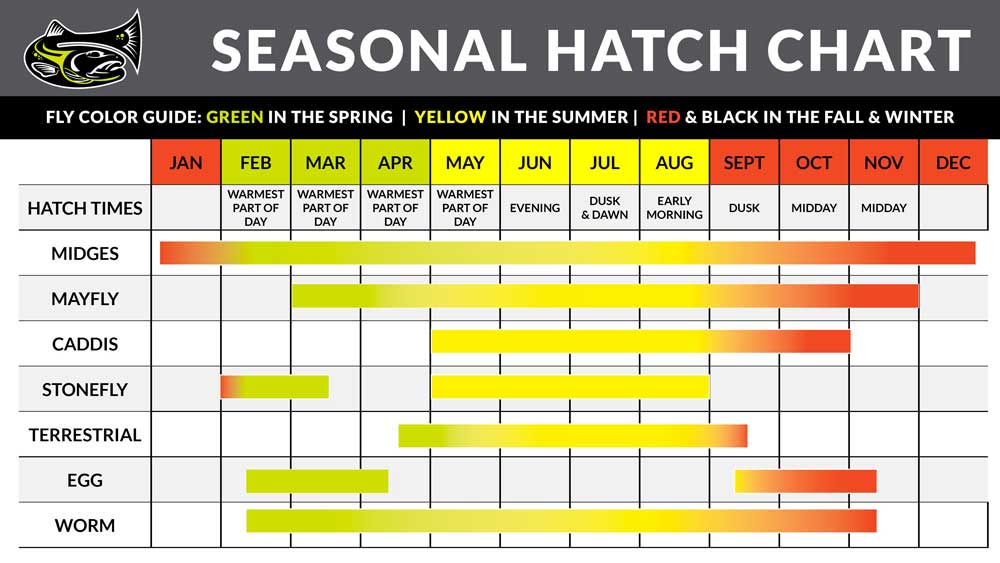 Lastly, the natural habitat needs to become your top preoccupation. You can’t introduce flies that don’t look like a natural part of the environment. Of course, it’s important to remember the size of the fish you intend to capture. Typically, a big fish will prefer bigger flies, but it doesn’t mean you can’t make praiseworthy captures with midges.
Lastly, the natural habitat needs to become your top preoccupation. You can’t introduce flies that don’t look like a natural part of the environment. Of course, it’s important to remember the size of the fish you intend to capture. Typically, a big fish will prefer bigger flies, but it doesn’t mean you can’t make praiseworthy captures with midges.
Your Fly Fishing Gear Matters
While choosing your fly plays a significant role in setting a fishing goal, it’s not enough to capture any fish. Indeed, the size of the fly affects the leader and tippet you are going to use. It’s important to adjust accordingly to ensure that the fly can behave as naturally and realistically as possible. For instance, you shouldn’t use a heavy-weight leader with a micro pattern fly as it can add unnecessary rigidity to the movements, both for dry fly fishing and wet fly fishing.
Your tipper’s breaking strain is crucial, especially if you’re going after a big fish. If the tippet can’t take the tension of a large catch, it’s going to break and release the fish. The same principle applies to the fly line. You can find specialized fly lines that can handle the tension of heavy flies. A big lure adds not only extra weight, but also attracts heavier and stronger fish.
 How to Cast for Different Flies?
How to Cast for Different Flies?
Creating a realistic impression of an insect or any other lure is the combination of two essential factors. Firstly, you need to pick the right size and pattern for your fly. But secondly, you need to understand how to cast your fly as effectively as possible. Your casting method needs to reflect the size and behavior of your fly, as well as your fly fishing environment. As a rule of thumb, big flies can be more challenging for beginners and require more practice. You can boost up your casting methods with some handy online tutorials. Additionally, it can be helpful to practice your cast in an open location with different weight flies to get a feel of what looks right.
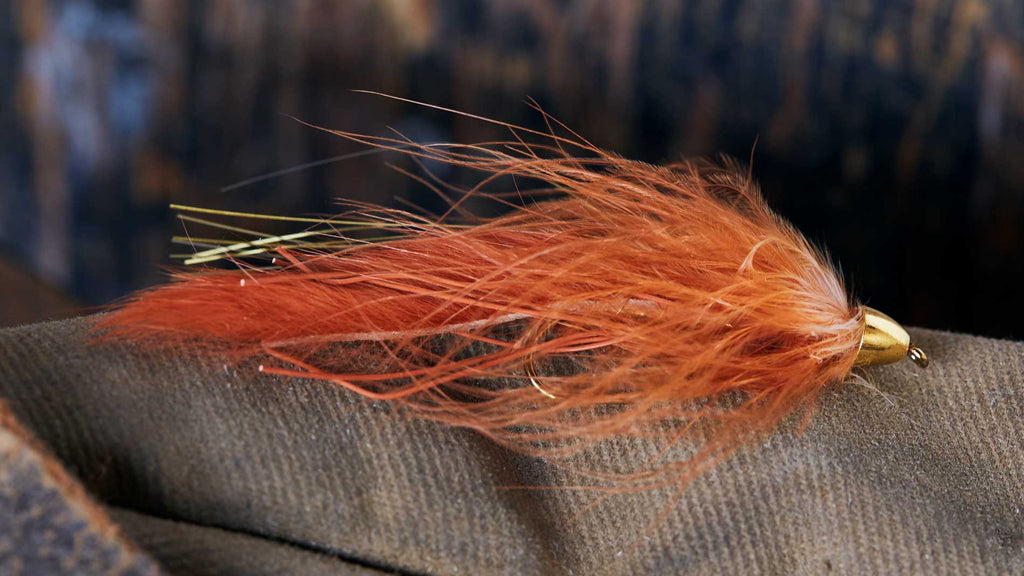
Freshwater Fly Fishing Targets
Freshwater fish is one of the most popular fly fishing catch in the US. The reason for it is simple: The abundance of streams, lakes, and rivers within the country makes it easy for enthusiastic anglers to practice the sport. Generally speaking, you are more likely to have a successful fly fishing day if you pick a freshwater area because of the hyper accessibility of those locations.
 Where to Find Freshwater Fish?
Where to Find Freshwater Fish?
Freshwater fish, as the name indicates, hides in freshwater areas. Rivers and streams are a favorite spot for beginner anglers because of the constant current, which makes it easier to catch stream species such as:
- Trout
- Bass
- Salmon
- Carp
- Pike
- Grayling
- Sunfish
However, lakes also make an excellent base for patient anglers who want to experiment with casting methods and artificial flies. You can read more about how to best go fly fishing in lakes in our article, 20 Tips for Fly Fishing in Lakes. Fly fishing in Stillwater requires a different approach because of its vast food base.
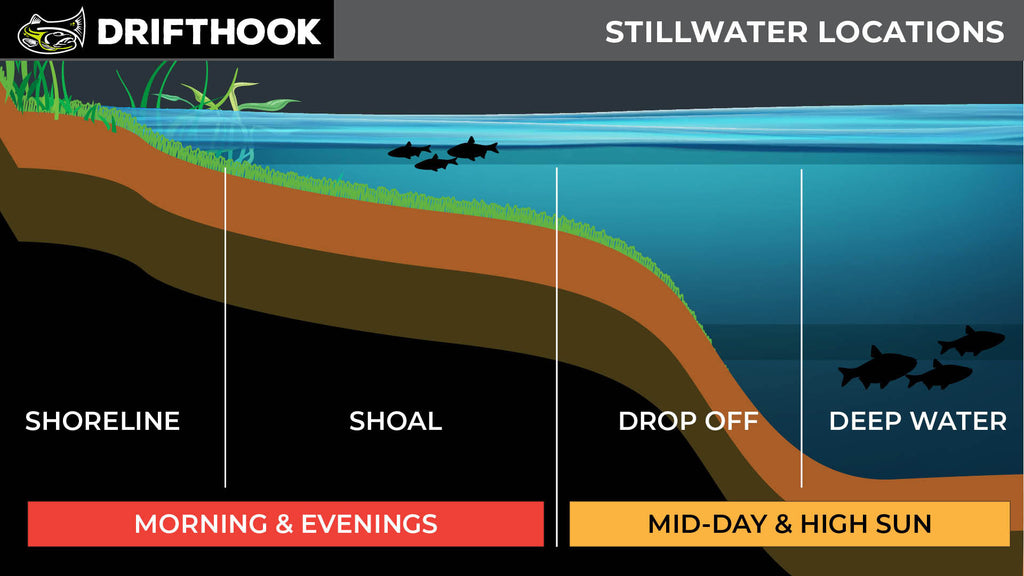
Trout is a Favorite
Trout fly fishing in America is a favorite sport for many anglers. Indeed, with a variety of ideal stream spots where you can catch healthy trout, many locations are making a name for themselves with trophy-sized trout fishing. You find some handy tips in our out Top 25 Places to Catch Large Trout Fly Fishing article. Colorado Rivers are favorites for there abilities to catch huge trout as well as unique species such as the Green Back Cutthroat that are only found in this sate.Rainbow trout features in abundance in the San Juan River in New Mexico. With a population of almost 15,000 trout per mile, even a beginner angler will get a lucky catch (or more). Yellowstone National Park is a meeting point for enthusiastic for rainbow and brown trout fly fishing. The Deschutes River, in Oregon, attracts dry fly fishing hobbyists in spring and early summer for its plentiful trout population.

The US Catches Some of the Biggest Salmons
If you can catch the spawning season, you can fly fish for salmon in freshwater areas. Colorado is a great spot in the summer months, but if you want to find trophy-size salmons, you need to head to the Great Lakes. Great Lakes: You can find kings, silvers, and even pink salmon in size range from 4 pounds to over 30 pounds.
Columbia River offers plenty of surprises for anglers with stamina, as it’s not entirely uncommon to spots kings of nearly 50 pounds. Typically, you will need to be working with double-handed rods in medium and large rivers for big catches. Additionally, you need to manage the speed of your fly, using stripping techniques, to attract your target.
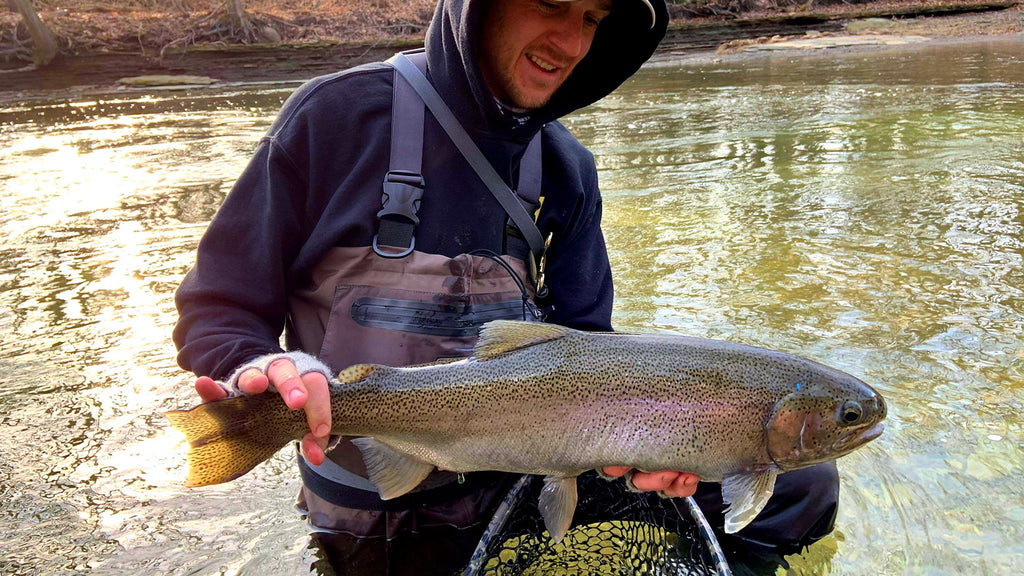
Fly Fishing the Northern Pike
If you are considering a fly fishing challenge in freshwater, catching the Northern Pike needs to be on top of your list. Record sizes for the Giant Northern Pike go up to 59 inches and 63 lb. In other words, it’s not for the faint-hearted anglers as you need to be prepared for this enormous fish. Your Pike Fly Fishing Gear Needs:
- Heavy-duty 12″ and a 30-pound leader
- 9-weighted or above rod
- Huge flies
- Variety of flies

Saltwater Fly Fishing Targets
You can apply the same fly fishing method to saltwater fish. However, there is a difference in casting: You will be on a boat most of the time.
Where to find Saltwater Fish?
More often than not, anglers can use fly fishing methods from a boat or from the shore to catch some of the most common sea species:
- Tarpon
- Redfish
- Striped bass
- Bonefish
- Snook
However, if you are willing to switch to more durable rods and reels and practice your methods, you can also catch larger species with a fly:
- Marlin
- Tuna
- Wahoo
- Barracuda
- Sailfish
- Shark
Investing in a saltwater-resistant reel with a sound drag system can make a difference with quick saltwater fish. It gives you the time to readjust and stop effectively without losing your knuckles through brute force.

The Challenges of Saltwater Fly Fishing Cast
Casting on a boat adds a new challenge to your fly fishing repertoire. If you are using a small boat, it’s essential to practice casting without shaking the boat as it’s going to affect not only the movements of the fly but also your balance. Additionally, when you are surrounded by people, you need to keep your maneuver smooth, short, and adapted to the space, such as using a sidearm casting approach. For beginners, casting from the front of the boat is the best way to start. There is no limit to what experienced anglers can achieve through fly fishing. From catching small stream fish to a shark, you can work your way through a variety of species and sizes!
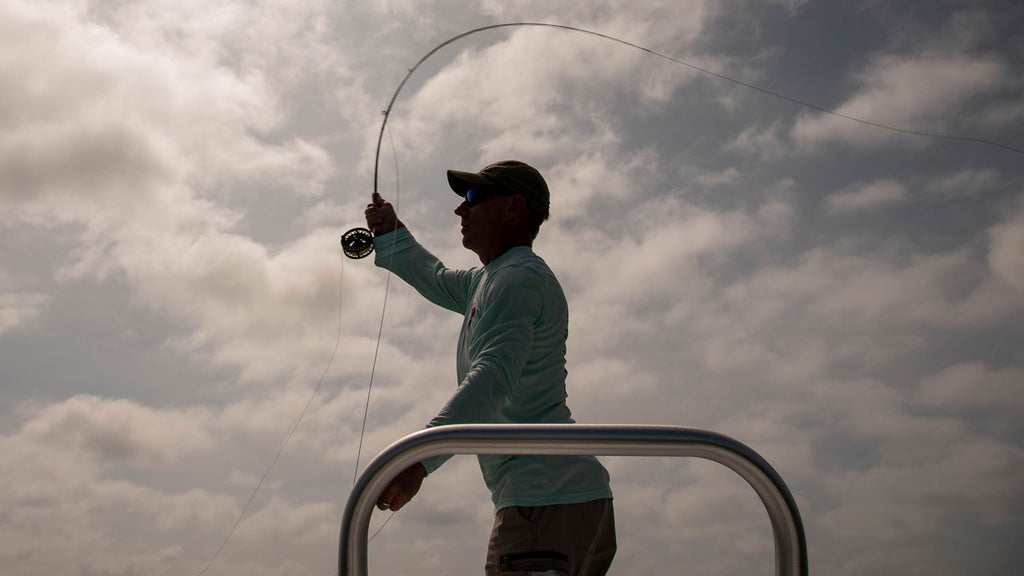
About the AuthorMatthew Bernhardt, a third-generation Coloradan, grew up at the forefront of the state’s fly-fishing revolution, enjoying time on the water, side by side with experienced guides and lifelong anglers.By combining his passion for fly-fishing with input from other experienced fly-fishers and guides and his fine arts degree from Colorado State University, Matthew spent five years carefully developing the Drifthook Fly Fishing System, built to help every angler catch more trout.When he’s not spending time with his wonderful family, you’ll find him out on the water catching MONSTER trout, and he anxiously looks forward to the day when his kids are old enough to join him there.






































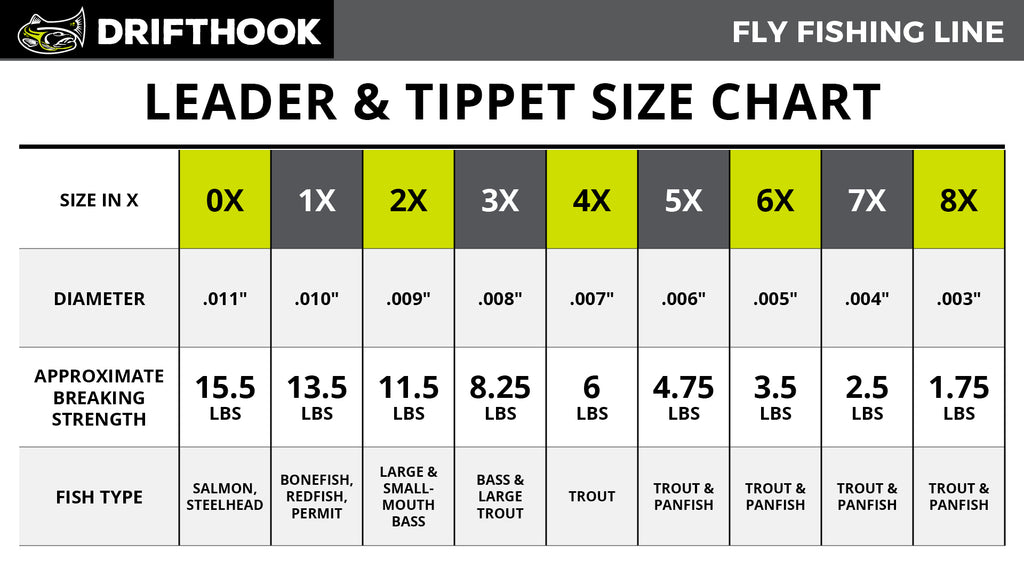 How to Cast for Different Flies?
How to Cast for Different Flies? Where to Find Freshwater Fish?
Where to Find Freshwater Fish?




